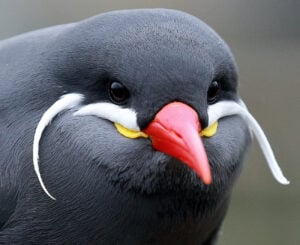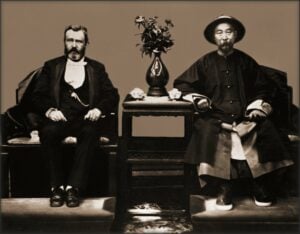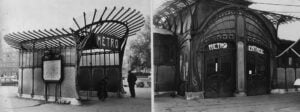Officially known as the Khan Khentii Strictly Protected Area, this giant swathe of land is 4,740 square miles (roughly the same size as Connecticut). It’s also largely abandoned and has been for centuries, deemed sacred for many as it’s believed to be the final resting place of legendary Mongol ruler, Genghis Khan.
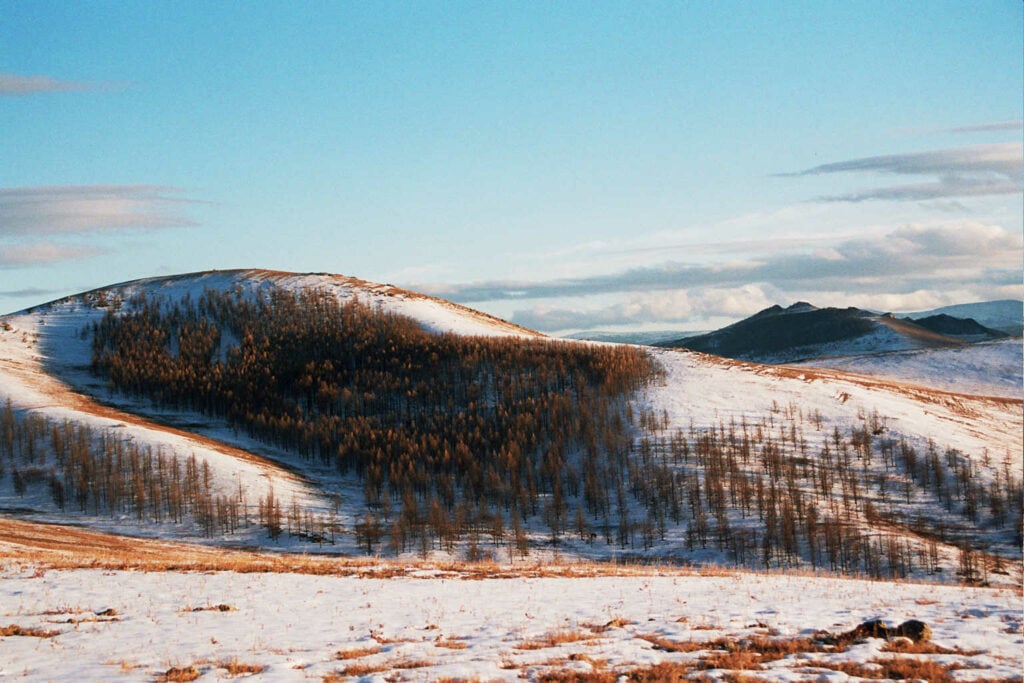
Mongolia is a breathtakingly beautiful country, renowned for its remote plains and endless skies. Many will still associate it with the Mongol Empire, and the legendary ruler, Genghis Khan. At the height of its power, the empire stretched all the way from the Pacific Ocean to Eastern Europe, and Genghis Khan’s legacy lives on – both physically, as the ancestor of potentially tens of millions of people alive today, and spiritually, as a swashbuckling ruler of unparalleled success. Understandably, therefore, many are curious about where exactly he is buried.
The main evidence that his resting place is in Khan Khentii Strictly Protected Area comes from a book called The Secret History of the Mongols, a chronicle that was mainly written in the 13th century CE (with some later additions). It is the most important and oldest medieval Mongolian text. The book covers the ancient Mongol people, their rapidly growing empire, and the reigns of Genghis Khan (r. 1206-1227 CE) and his son, Ogedei Khan (r. 1229-1241 CE).
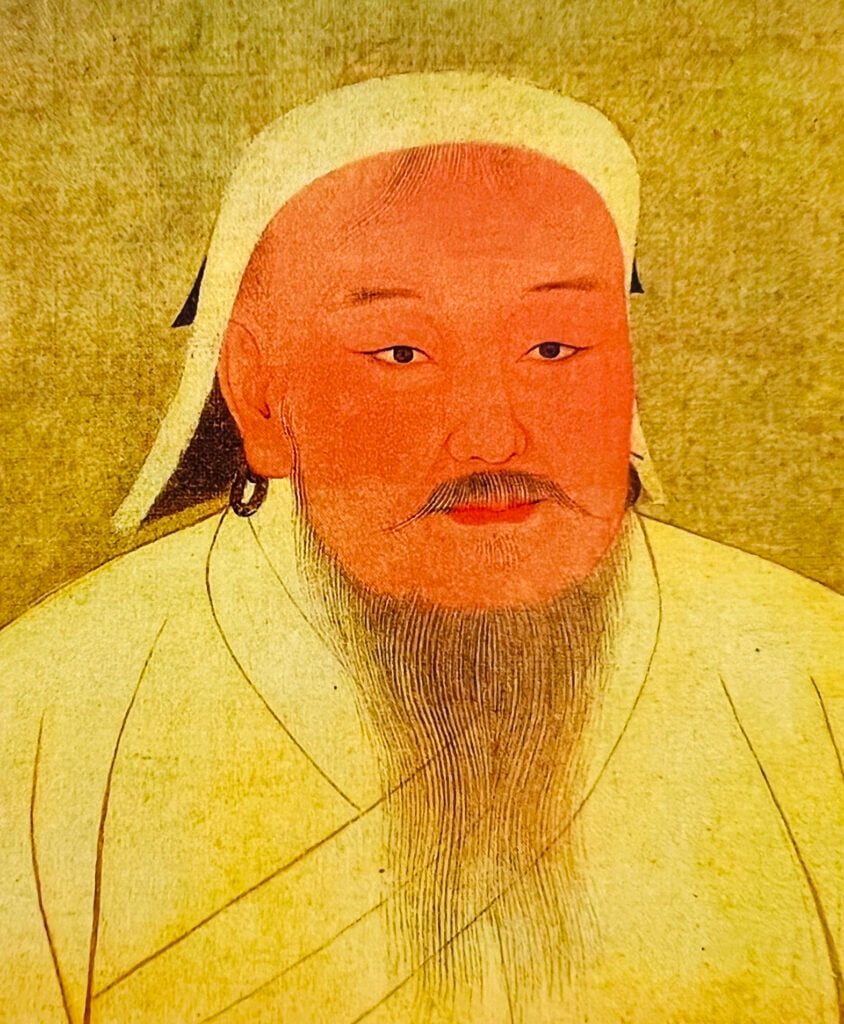
In the book, the elder Khan is born at Burkhan Khaldun, in the Khentii Mountains of Eastern Mongolia. This mountain is at the heart of the Protected Area and was considered sacred even before its relation to Genghis Khan. Many believe it is where Genghis Khan was born and laid to rest, and he refers to it often in The Secret History of the Mongols.
Read More: Ulysses S. Grant and how his mammoth world tour changed America
“I went up Mount Burkhan, Though I was frightened and ran like an insect, I was shielded by Mount Burkhan Khaldun, I will honor Burkhan Khaldun with sacrifices every morning and pray to it every day: my children and my children’s children shall be mindful of this,” he says at one stage. More direct still is: “What a beautiful view. Bury me here when I die.”
In 2015, the mountain was designated a UNESCO World Heritage Site.
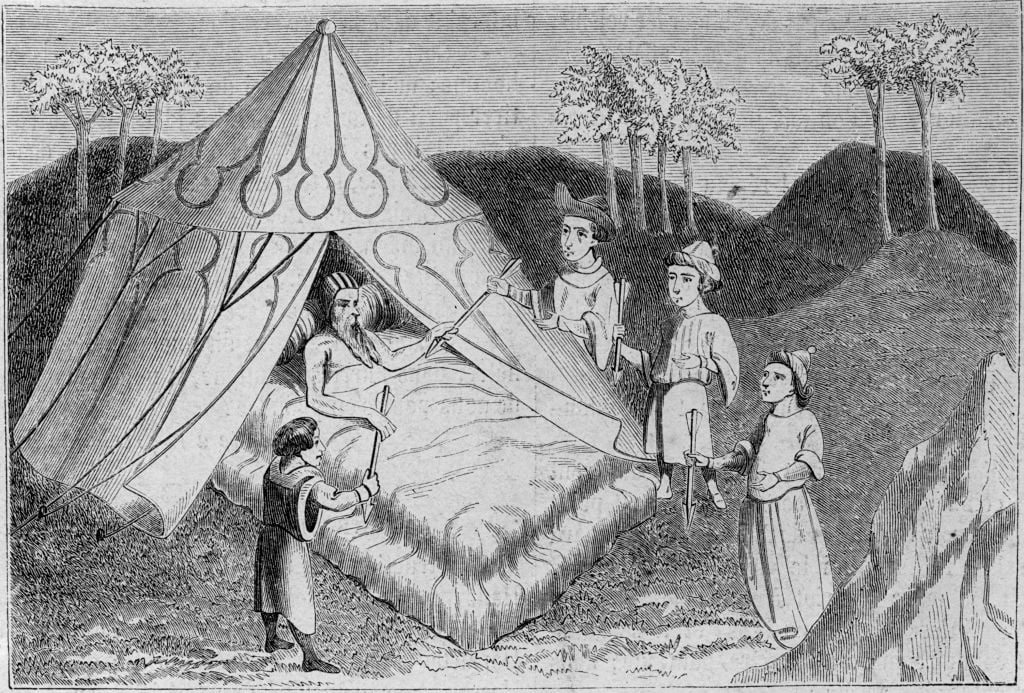
Despite Burkhan Khaldun supposedly being the site where Genghis Khan is buried, nobody has discovered a tomb. This means that not only do lots of different countries and regions assert that they are the true home of the ruler’s supposed tomb, but that the search to find it is one of the great modern mysteries. Since the Mongolian Revolution of 1990, which saw the fall of the country’s authoritarian regime that had governed for most of the century, there has been a slight lifting in the restrictions. In the 1990s, foreign archaeologists were first allowed in, and more recently a Mongolian-Japanese research team used ultrasound to identify more than 1,300 graves belonging to Mongol nobles in the area. Identifying the nobles themselves, however, is not possible without digging, which is not allowed.
More research has been conducted since, yet no identification of Genghis Khan himself has been possible. This is likely to remain the case for the foreseeable future, given the combination of spiritual and governmental restrictions. Even herders are under incredibly stringent rules in the Khan Khentii Strictly Protected Area, let alone those that apply to excavators and tourists.
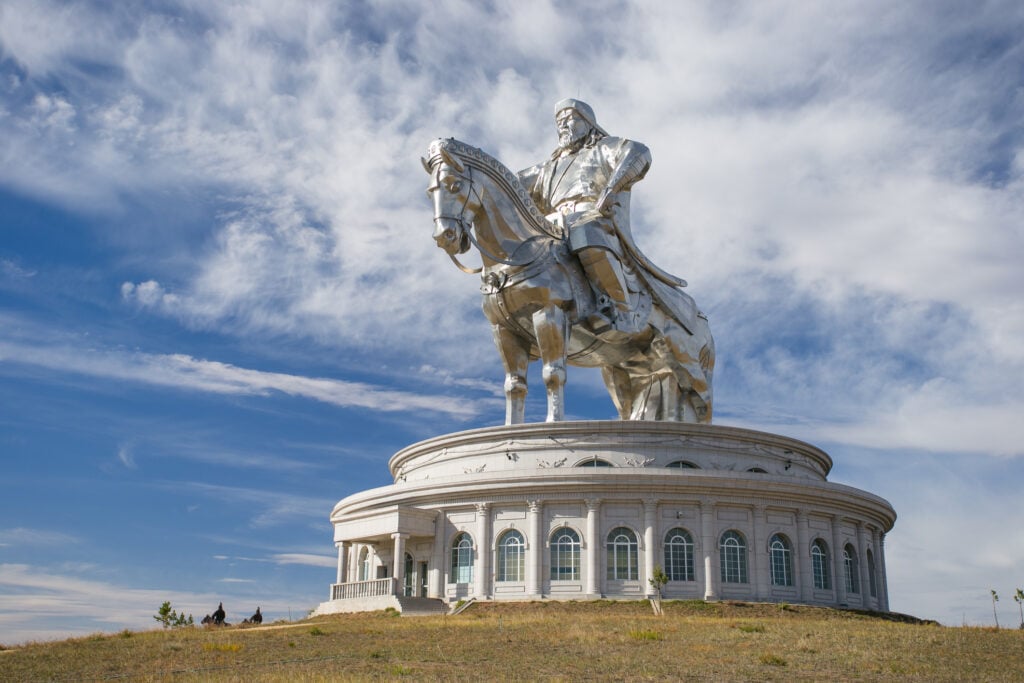
As well as where he is buried, there is also mystery as to how exactly Genghis Khan died, and the events following his death. It is most likely he died after a long illness as he continued to embark on sieges in what is now China, but other theories exist. Marco Polo (who even by the 13th century claimed the Mongols did not know the location of Khan’s tomb) said he was shot by an arrow in the knee, while another common story asserts he died of blood loss after being castrated by a princess of the Tangut people.
Transporting the body back to Mongolia was no small undertaking, and the procession included a riderless horse with Genghis Khan’s saddle. Rumors go that on the procession, the soldiers killed every single living person or animal they saw, and that thousands of horsemen then rode all over the area of Genghis Khan’s tomb to ensure it would never be found.



